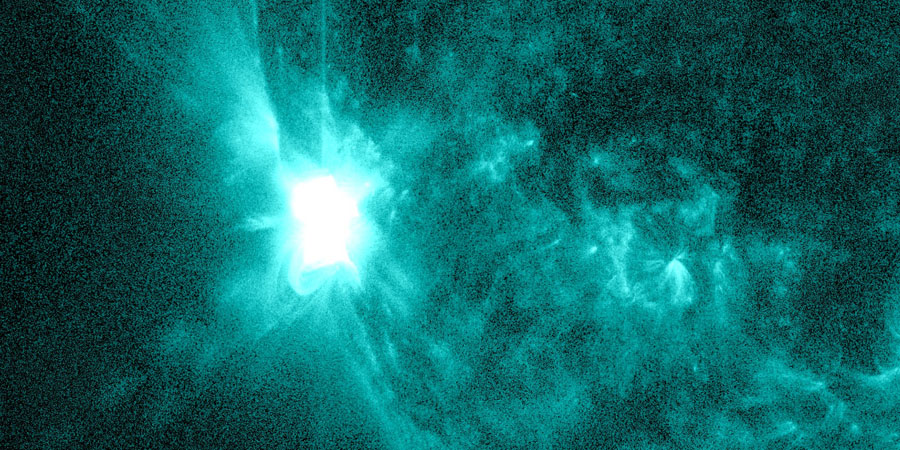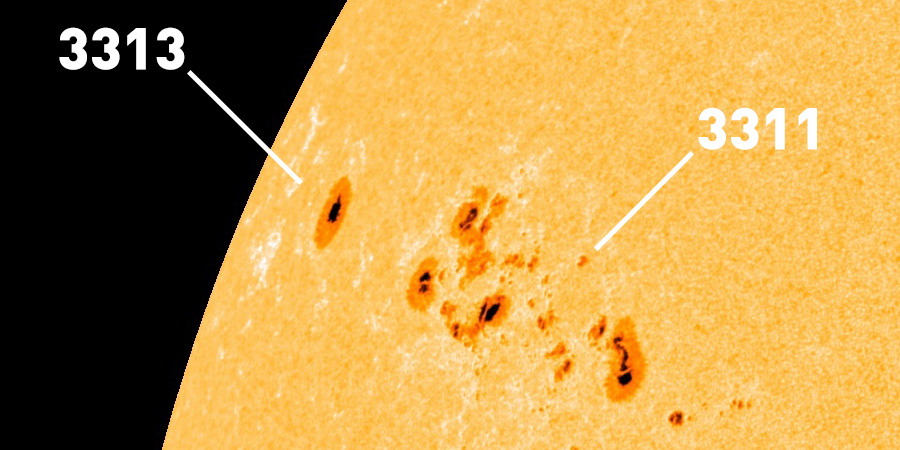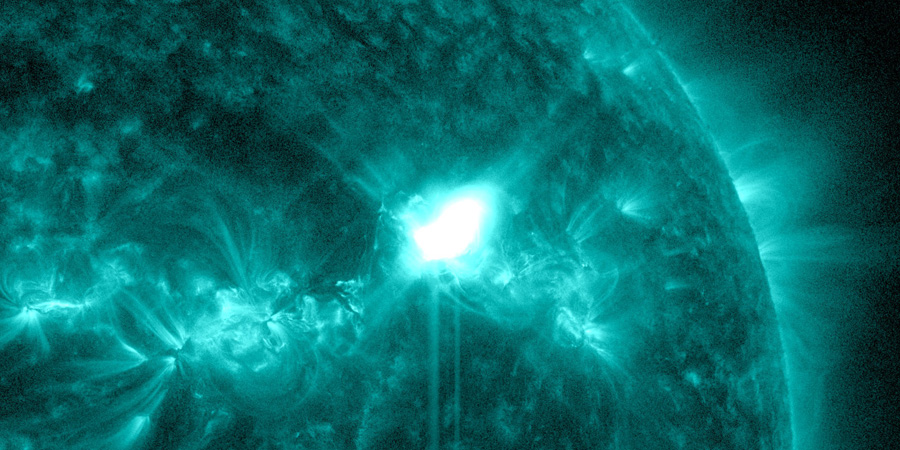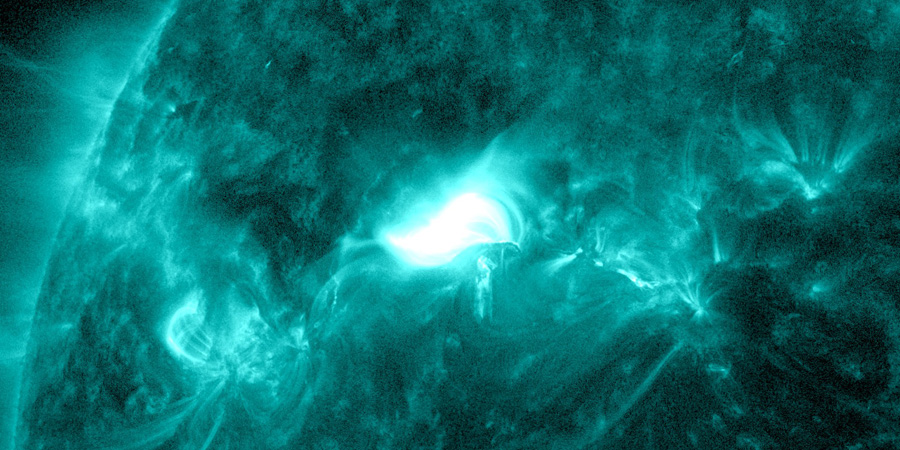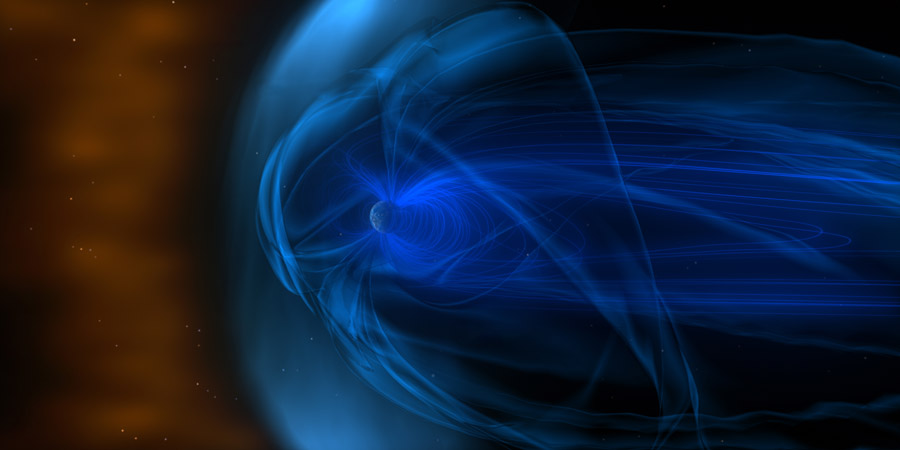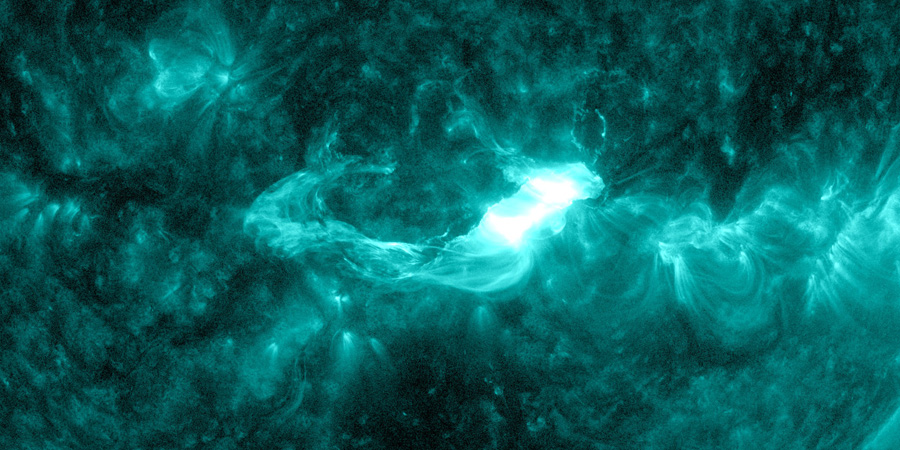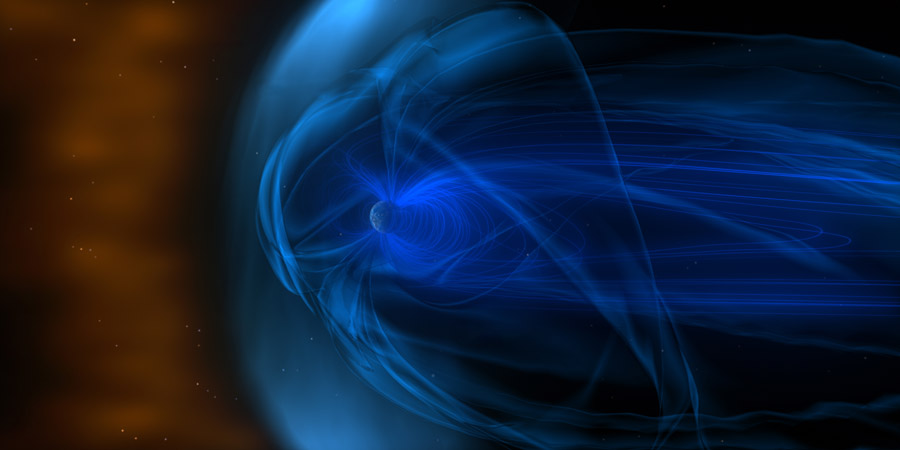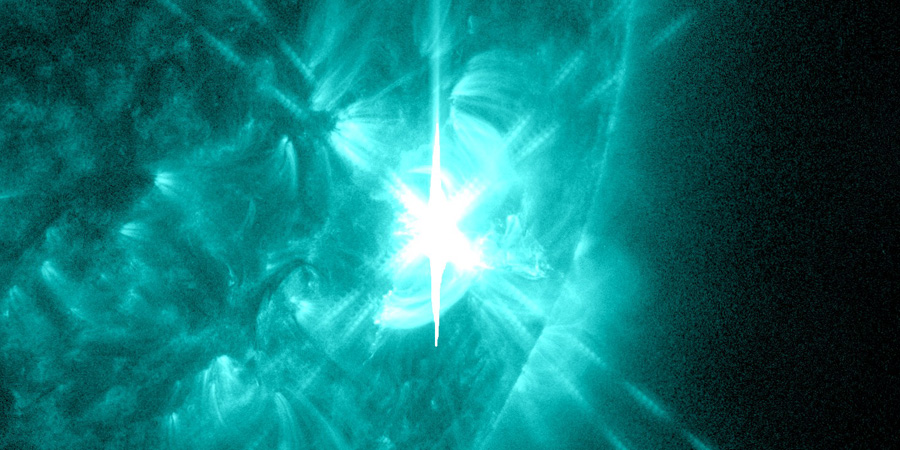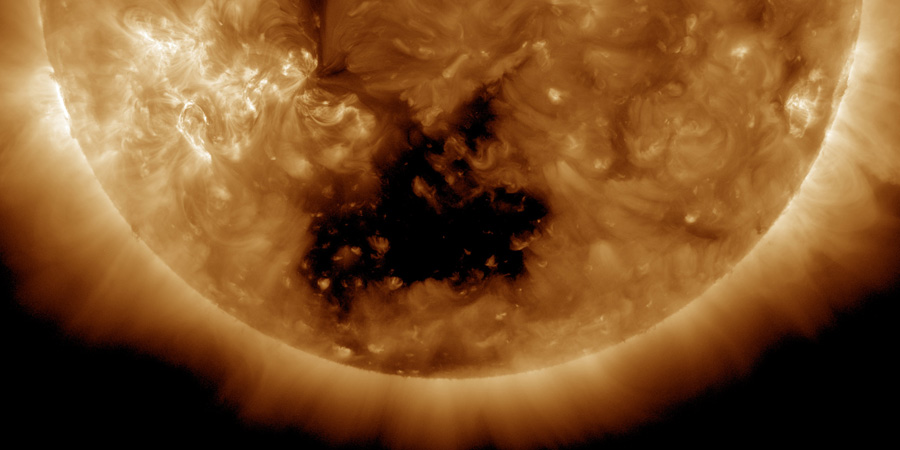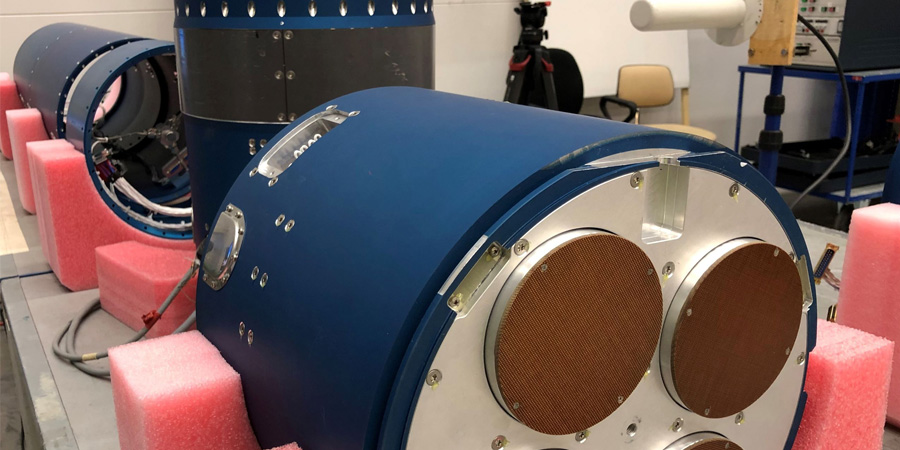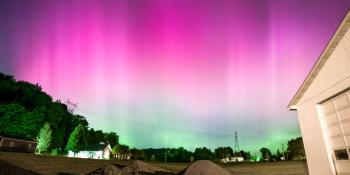Latest news updates Subscribe
X1.1 solar flare
trečiadienis, 21 birželio 2023 14:11 UTC
That was unexpected! Incoming sunspot region 3341 produced an X1.1 solar flare (R3-strong) that peaked yesterday at 17:09 UTC. It has almost been 3 months since the last time we had an X-class solar flare and we have to admit getting an X-flare was unexpected!
M-class activity from sunspot region 3311
šeštadienis, 20 gegužės 2023 13:07 UTC
There as been a lot of M-class flare activity the past few days coming from sunspot region 3311 including an M6.4 solar flare (R2-moderate) which peaked today at 07:32 UTC and an M8.9 solar flare (strongest from this region thus far) which peaked just a couple of moments ago at 12:35 UTC. This latest solar flare is the third solar flare from this sunspot region which peaked above the M5 threshold.
M4.2 solar flare with earth-directed CME
trečiadienis, 10 gegužės 2023 13:45 UTC
We have had some stormy space weather these first few days of May! Perhaps not stormy in the sense of geomagnetic storms as we only had a maximum Kp value of 6 on the 6th of May and we hit Kp5 today, yesterday and on the 8th of May. But fair enough, not too bad perhaps reflecting on it but we want to focus on the Sun right now as that is where the real action is taking place. She has been popping of with many M-class solar flares, most of which we can thank sunspot region 3296 for.
M2.1 solar flare and a partial halo CME
penktadienis, 5 gegužės 2023 17:44 UTC
As you might have noticed... there has been a lot of M-class activity the past few days. Unfortunately the M3.9 solar flare that took place yesterday did not produce an earth-directed eruption as the halo outline was determined to come from another far side eruption. So we are going to ignore all of these solar flares except for one: the M2.1 flare that peaked at 08:01 UTC today.
Coronal mass ejection impact
sekmadienis, 23 balandžio 2023 17:16 UTC
The coronal mass ejection from the M1.7 solar flare that took place two days ago has arrived at the DSCOVR satellite. We admit... this coronal mass ejection arrived earlier than we expected!
M1.7 solar flare, full halo CME
šeštadienis, 22 balandžio 2023 12:55 UTC
An M1.7 solar flare took place yesterday peaking at 18:12 UTC. The eruption was combined with what looks like a filament eruption around sunspot region 3283 which is located near the center of the earth-facing solar disk.
Coronal mass ejection arrival
antradienis, 18 balandžio 2023 15:34 UTC
A shock in the solar wind was detected today around 13:20 UTC. This could very well be the arrival of a coronal mass ejection that was launched by a filament eruption on 15 April.
X1.2 solar flare
trečiadienis, 29 kovo 2023 09:09 UTC
An impulsive solar flare peaking at the X1.2-class (R3-strong) took place today with the solar flare peaking at 02:33 UTC. Sunspot region 3256 (beta-gamma) which is close to the west limb is the source of this eruption. This region is currently located near the south-west solar limb.
Coronal hole faces Earth, G2 geomagnetic storm watch
trečiadienis, 22 kovo 2023 17:18 UTC
The NOAA SWPC has issued a moderate G2 geomagnetic storm watch for this Friday (24 March) due to the anticipated arrival of a high speed solar wind stream coming from a southern hemisphere coronal hole.
G1 watch, far side CME, BROR rocket campaign
pirmadienis, 13 kovo 2023 18:44 UTC
Quite the surprise this morning as proton levels at the near Earth environment suddenly started to rise this morning and even crossed the minor S1 solar radiation storm level. This was all the result of a major far side coronal mass ejection which you can see in the animation below which we posted on our Twitter account. Be sure to follow us and like the post! Magnetic field lines from the Parker Spiral managed to send some protons our way causing us to cross the minor S1 solar radiation storm level causing minor disturbances in HF radio communications at high latitudes. While impressive, the plasma cloud is of course aimed away from our planet and no further effects should be expected from it.
Paskutinės naujienos
Naujausi forumo pranešimai
Paremkite SpaceWeatherLive.com!
Daug žmonių lankosi SpaceWeatherLive norėdami sekti Saulės aktyvumą arba stebėti ar yra matoma pašvaistė, tačiau dėl didesnio vartotojų srauto didėja serverio išlaikymo kaštai. Jei jums patinka SpaceWeatherLive, apsvarstykite galimybę paaukoti, kad galėtume išlaikyti šią interneto svetainę!

Kosminių orų faktai
| Paskutinis X žybsnis | 2024/05/15 | X2.9 |
| Paskutinis M žybsnis | 2024/05/19 | M1.6 |
| Paskutinė geomagnetinė audra | 2024/05/17 | Kp6 (G2) |
| Dienos be dėmių | |
|---|---|
| Paskutinė diena be dėmių | 2022/06/08 |
| Mėnesio vidutinis Saulės dėmių skaičius | |
|---|---|
| balandžio 2024 | 136.5 +31.6 |
| gegužės 2024 | 157.5 +21 |
| Paskutinės 30 dienos | 168.7 +50.9 |
